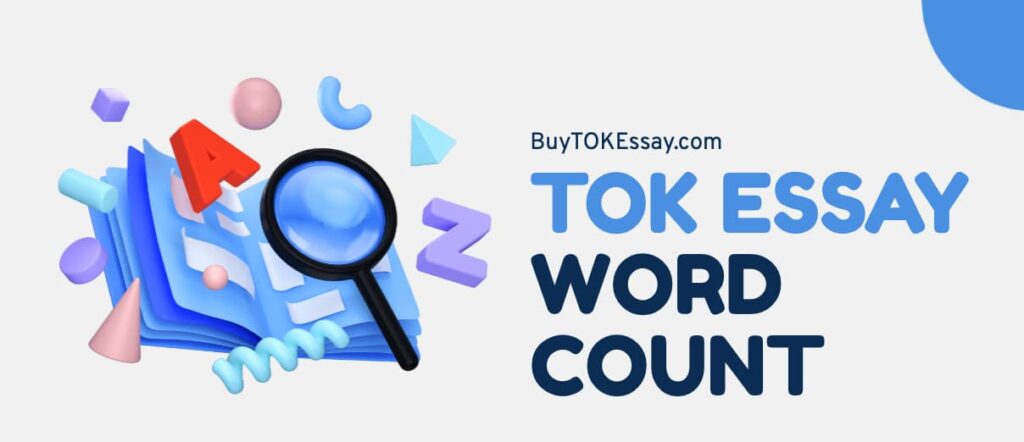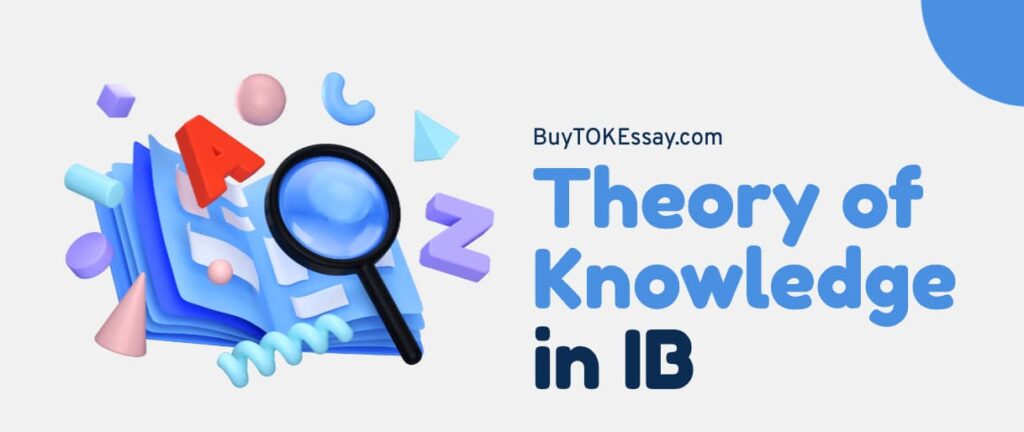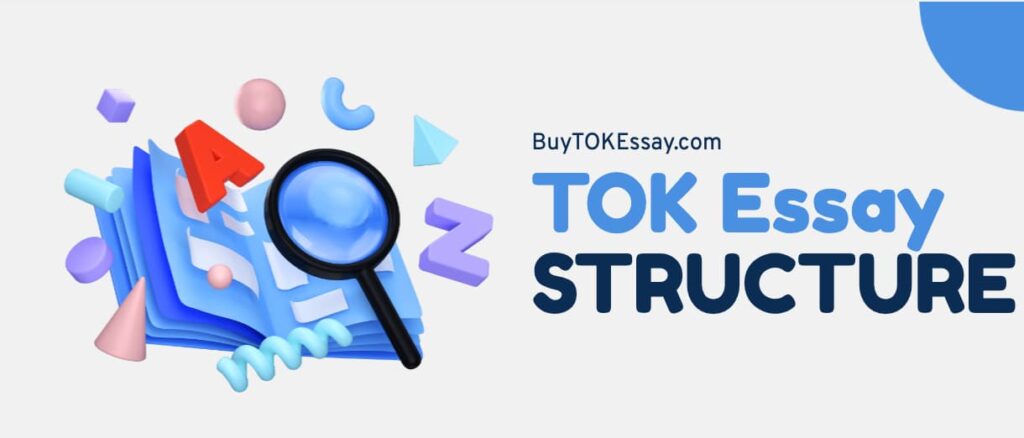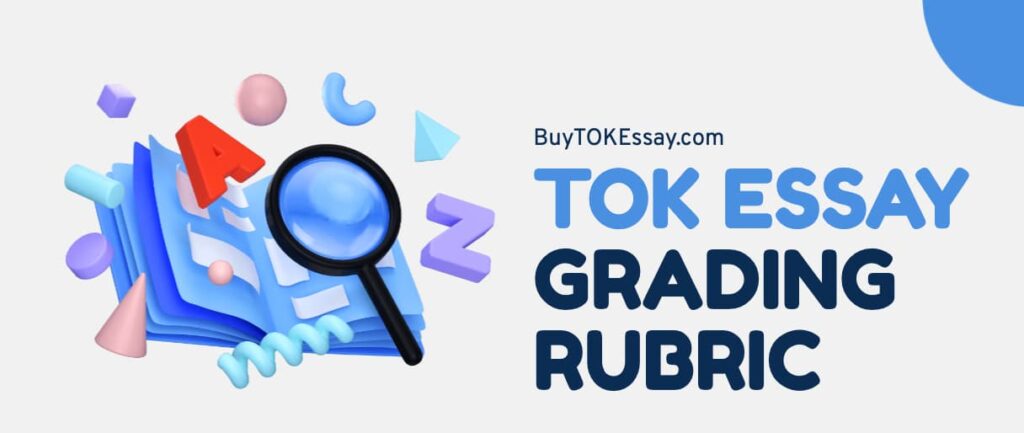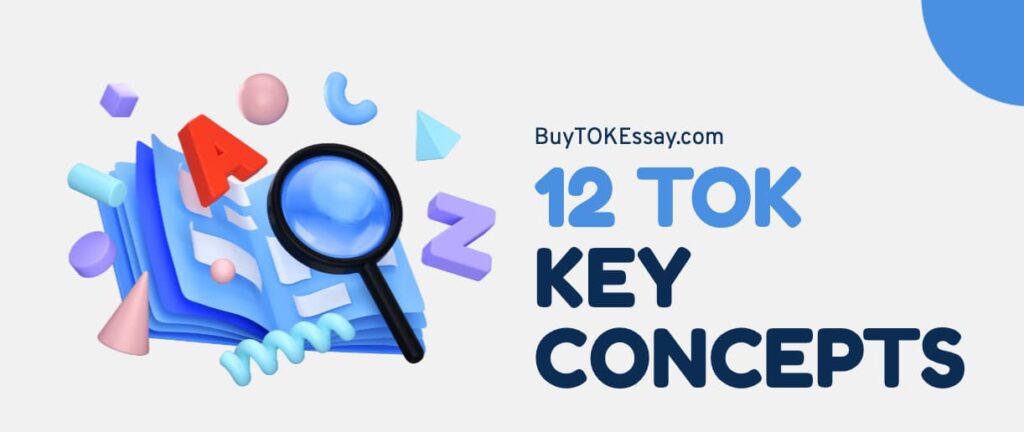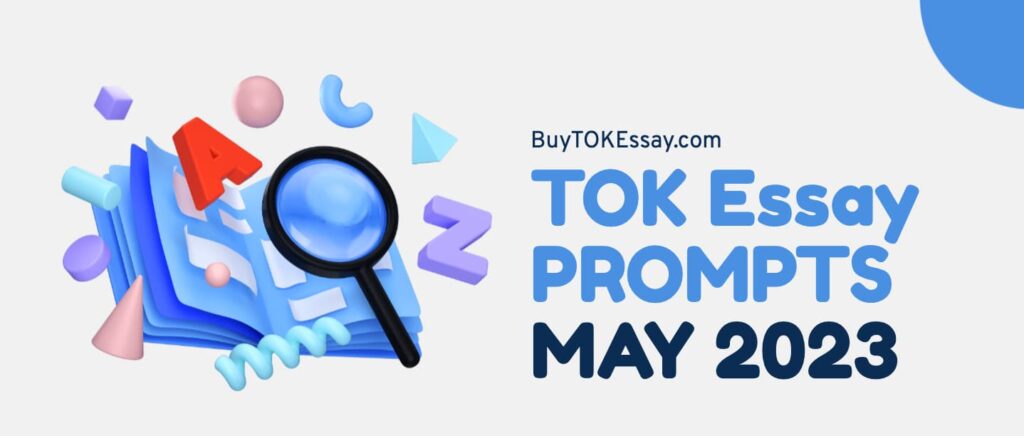As someone with extensive experience in the International Baccalaureate (IB) program, I’ve often pondered a question that nags many students: Why do some falter regarding the TOK exhibition? From my experience, the answer could be more straightforward, but there are several insights I’d love to share.
Understanding the TOK Exhibition
Firstly, the Theory of Knowledge exhibition is a crucial component of the IB curriculum. According to general IB criteria, it allows students to showcase their understanding of the Theory of Knowledge.
If you’re wondering about the specifics, the TOK exhibition typically revolves around a certain word count. There’s a limit of 950 for this paper. The question of how many words is the TOK exhibition often comes up in discussions. The length is essential, but the content and the presentation matter.
When discussing the essential elements of this work, the objects used hold immense importance. Selecting the proper objects for the TOK exhibition can be the difference between an average and an exceptional presentation.
The Most Common Pitfalls of IB Students on the TOK Exhibition Path
In my experience, students face a significant challenge in the writing process. Many are unsure how to write TOK exhibition, leading to confusion and subpar submissions. In such a case, you can always take the help of our experienced IB writers.
There are other reasons why IB students fail the TOK exhibition. Over time, I’ve noticed some patterns that are standard stumbling blocks. Let me share why some students struggle with the TOK exhibition.

1. The Challenge of the Right IA Prompt Selection
In my many years guiding IB students, I’ve observed that the initial step of choosing an apt IA prompt is crucial and can shape the outcome of the entire exhibition.
It’s easy for students to get caught up in the whirlwind of excitement or be swayed by peers’ opinions, leading them to make hasty decisions. However, in my opinion, success in the TOK exhibition boils down to a systematic approach:
- Begin by meticulously examining the list of the 35 questions. Take your time with this step; give each question the attention it deserves.
- Opt for a question that aligns with your understanding of how TOK principles play out in real-world scenarios and focuses on concepts that captivate you.
- It’s imperative to anchor your IA to either the core theme or one of the TOK’s optional themes. This connection ensures relevance and depth.
- Further, selecting an IA question that aligns with the curriculum and taps into your interests is beneficial, blending formal education with personal insights.
- Finally, always remember that the quality of your research, insights, and genuine interest in the topic can differentiate your work and make it stand out.
With these strategies, you can set a solid foundation for your TOK exhibition, ensuring it reflects your academic prowess and personal insights.
2. The Obstacle of Object Selection
While students might perfectly align with their IA prompt, object selection often becomes the Achilles’ heel. This process is layered with complexities. Here’s a more detailed breakdown to assist in object selection:
- Context is King. Objects should not be randomly chosen. They must have a precise positioning in time and space, providing the viewer with a historical or temporal context.
- Real-World Relevance. Theoretical knowledge is vital, but TOK’s charm lies in how it connects to the real world. Thus, objects should not be abstract but mirror real-life scenarios, events, or phenomena.
- Uniqueness is Unbeatable. It’s tempting to go with what’s known or popular, but objects that are symbolic, too generic, or familiar to many might diminish the originality of the presentation.
- Linking to the TOK theme. Just as a chain is as strong as its weakest link, the effectiveness of the exhibition is as impactful as the cohesion between the objects and the TOK theme.
- Diversity in Representation. While ensuring relevance, showcasing a range of perspectives through the objects is also beneficial.
Incorporating these extended insights, students can refine their object selection strategy, laying the groundwork for a compelling TOK exhibition that leaves a lasting impression.
3. The Misstep of Group Discussions
Over my years guiding IB students, one common misstep I’ve frequently witnessed is the tendency to lean into group discussions when preparing for the TOK exhibition. According to general IB criteria, this work demands individual effort. Engaging in group discussions can blur originality and result in common themes or objects. Thus, to maintain the uniqueness of your work, it’s essential to steer clear of collaborative brainstorming sessions.
The heart of the TOK exhibition lies in personal understanding and interpretation. Involving multiple perspectives too early might dilute these individual insights, making the final exhibition a mishmash of ideas rather than a cohesive narrative.
4. The Perils of Inadequate Commentary Writing
Through my path assisting IB students, I’ve frequently emphasized that while the commentary’s word limit might appear manageable, its depth and scope pose a unique challenge. A mere 950 words become the canvas upon which you paint your understanding, making every word and every phrase crucial.
On the surface, 950 words may sound straightforward. However, you must provide clarity, insight, and a comprehensive analysis within this constraint. It’s a task that demands precision and thoughtful expression.
Remember that your commentary should seamlessly tapestry your chosen IA prompt, objects, and TOK themes. Misalignment or inconsistencies can disrupt the flow and confuse the reader, detracting from the overall impact.
5. The Danger of Time Mismanagement
The age-old adage, “Procrastination is the thief of time,” especially applies to the IB program. So, one of the most consistent challenges students face is managing their time effectively. The intricate web of assignments, exams, and presentations, combined with personal commitments, often leads to a time crunch.
While pushing the TOK exhibition to the back burner might be tempting, the repercussions of such procrastination are manifold. Remember, time, once lost, cannot be regained. Effective time management ensures academic success and fosters personal growth and well-being.
6. The Risk of Plagiarism
Throughout my tenure guiding IB students, plagiarism has often surfaced as a significant concern. Beyond copying, plagiarism speaks volumes about an individual’s values, ethics, and commitment to their education. Let’s examine this issue more closely:
- Plagiarism indicates a lack of effort and a willingness to cut corners, showcasing a lack of respect for oneself and the educational process.
- Students rob themselves of this enriching experience by plagiarizing, settling for superficial success rather than genuine understanding.
- Plagiarism can cast a shadow over an otherwise impeccable academic record, leading to mistrust and skepticism from educators and peers alike.
- Many academic institutions and organizations take plagiarism seriously. Such lapses can lead to missed opportunities, whether recommendations or future educational prospects.
With the vast resources available today, it’s easy to unintentionally tread into plagiarized territory. Proper citations, thorough proofreading, and plagiarism detection tools can help ensure the authenticity of your work.
Submitting plagiarized work is not just about academic integrity; it reflects one’s dedication and sincerity. Always prioritize original content. You can present a unique and insightful exhibition by starting early and investing in genuine effort.
7. The Dilemma of Theme Connectivity
Throughout my time assisting IB students, a recurring challenge I’ve observed is the integration of various elements into a cohesive thematic narrative. A resonating IA prompt and well-chosen objects are great, but the exhibition can lack depth without connecting to the TOK theme.
According to the IB guidelines, students should weave the chosen IA prompt and objects seamlessly with a core or optional TOK theme. So, always ensure this linkage improves the quality of your commentary.
Think of your TOK exhibition as a symphony. The IA prompt might be the melody, objects, and rhythm, but the theme is the harmony that ties everything together. Without this harmony, the music can feel disjointed and lackluster.

Need help with your IB TOK Exhibition?
Unlock your potential and unleash the brilliance of your TOK exhibition with the help of our experts at BuyTOKEssay.com! Whether you’re starting from scratch or fine-tuning your existing TOK exhibition to meet the demands of your supervisor, our team is here to make your dream of a perfect paper a reality. Say goodbye to writer’s block and hello to success with just one click.
What to Do If You Fail the TOK Exhibition?
Facing a setback with the TOK exhibition can be disheartening, but viewing it as a learning opportunity rather than a terminal roadblock is essential. Here’s a brief approach to help you bounce back:
- Seek Feedback. Consult with your TOK teacher. Their insights can pinpoint areas of improvement.
- Self-Reflect. Identify where your exhibition might have veered off course. Was it thematic alignment, content depth, or object relevance?
- Strategize. Develop a plan to address the weak points.
- Revisit Guidelines. Ensure you’re aligned with the IB’s TOK exhibition criteria.
It would be best to allocate dedicated time to improve your work, focusing on clarity and depth. Then, stay updated and check with your IB coordinator about potential resubmission opportunities.
What Makes a Good TOK Exhibition?
Understanding how to write a good TOK exhibition will put you in good standing. The writing process should be iterative, allowing for feedback and improvement. I can give you a couple of other tips as well.
Start with a Clear Focus
Building a solid foundation is the first step. Being passionate about your topic doesn’t just make the process more enjoyable; it adds depth and sincerity to your work. It’s not just about selecting a theme but about framing it in a way that offers fresh perspectives.
Choose Meaningful Objects Wisely
Your chosen objects should not merely be illustrations but rather pillars supporting your narrative. They must be carefully curated, directly relevant to your topic, and provide avenues for rich research. Beyond tangible items, they should evoke thought, raise questions, and provoke discussions.
Polish Your Presentation Skills
Presentation skills should be emphasized more. From my experience, a well-delivered TOK exhibition presentation can improve your content tremendously. Work on your communication skills, clarify your delivery, and always be open to feedback.
Wrapping Up
Reflecting on my IB path, I understand the pressures and the stakes. However, approaching the TOK exhibition with a clear mindset, a structured approach, and avoiding the common pitfalls will ensure success. Stay confident, prepare well, and always give it your best shot!
